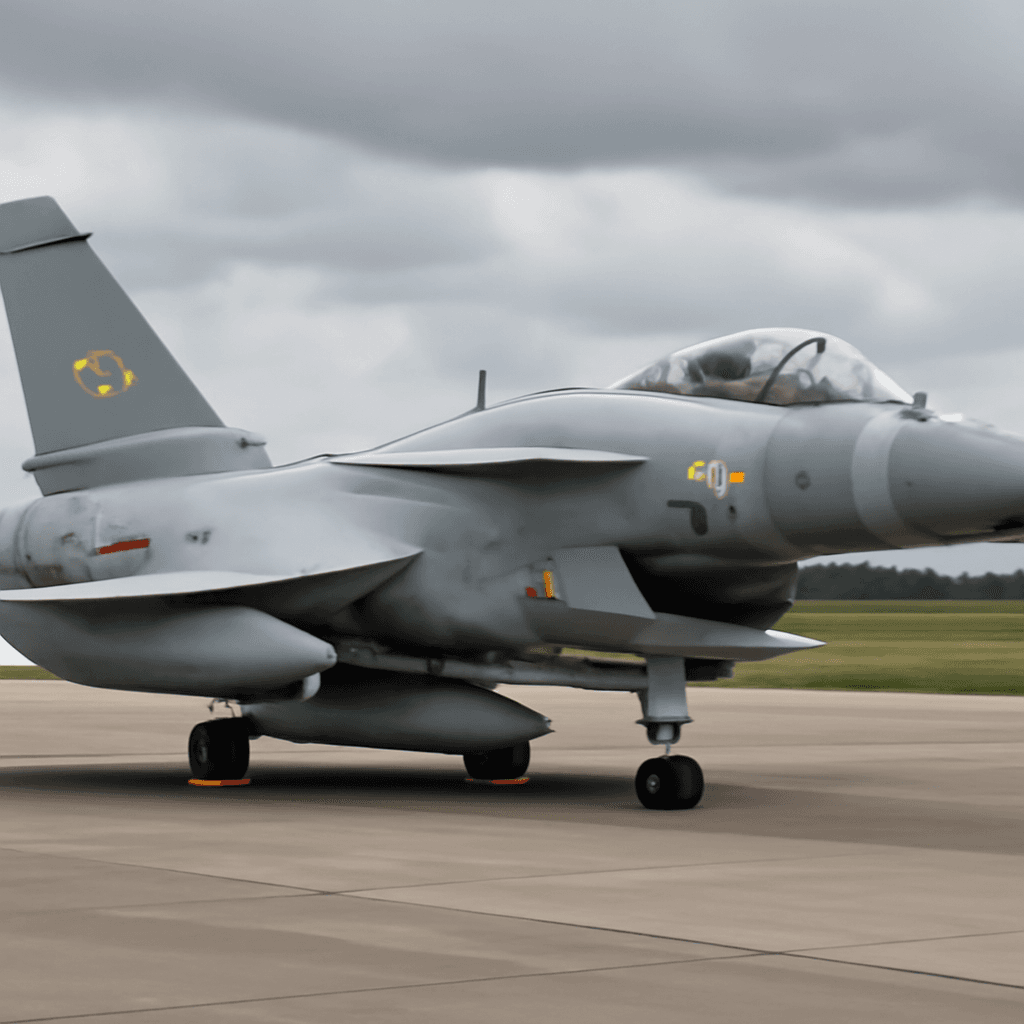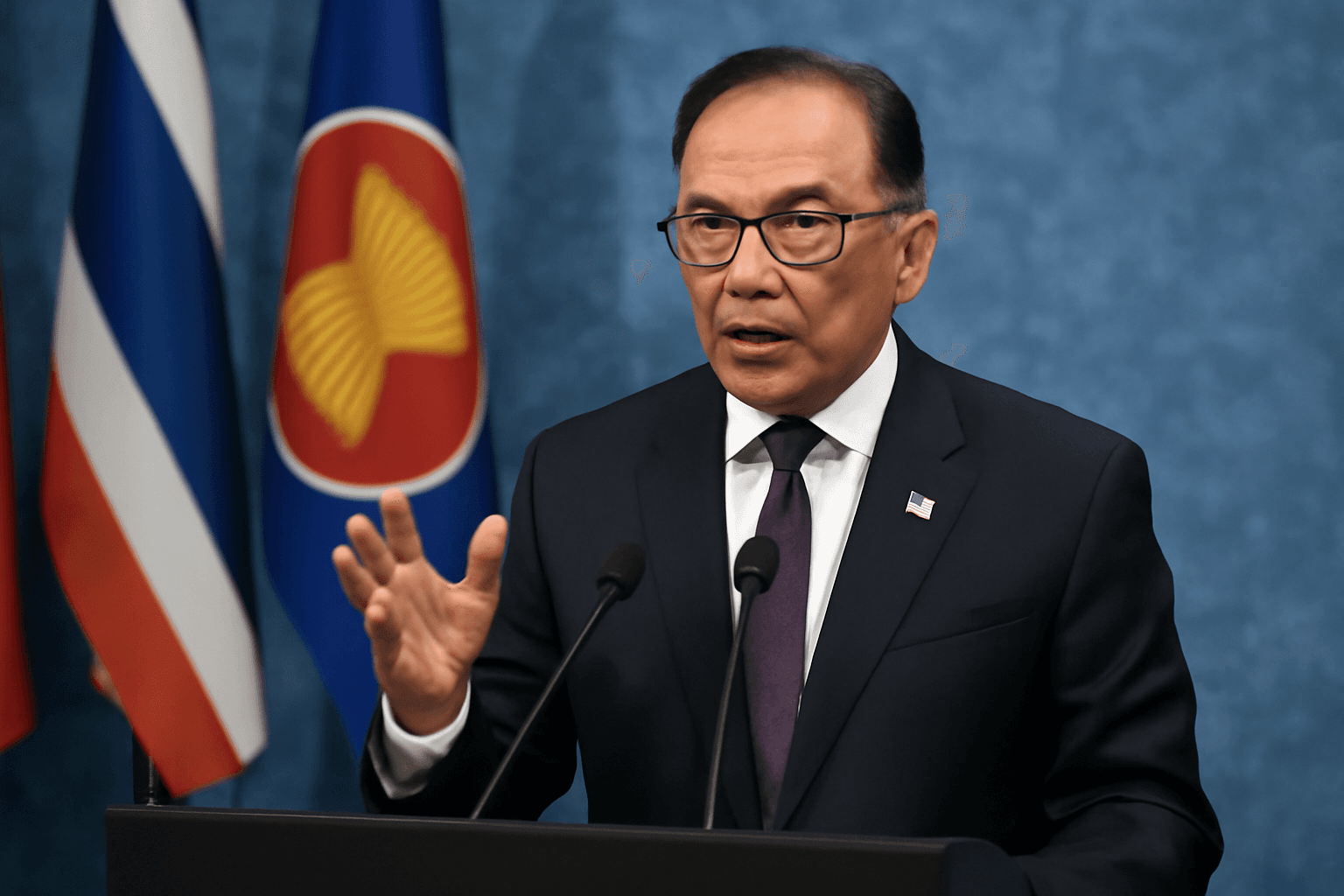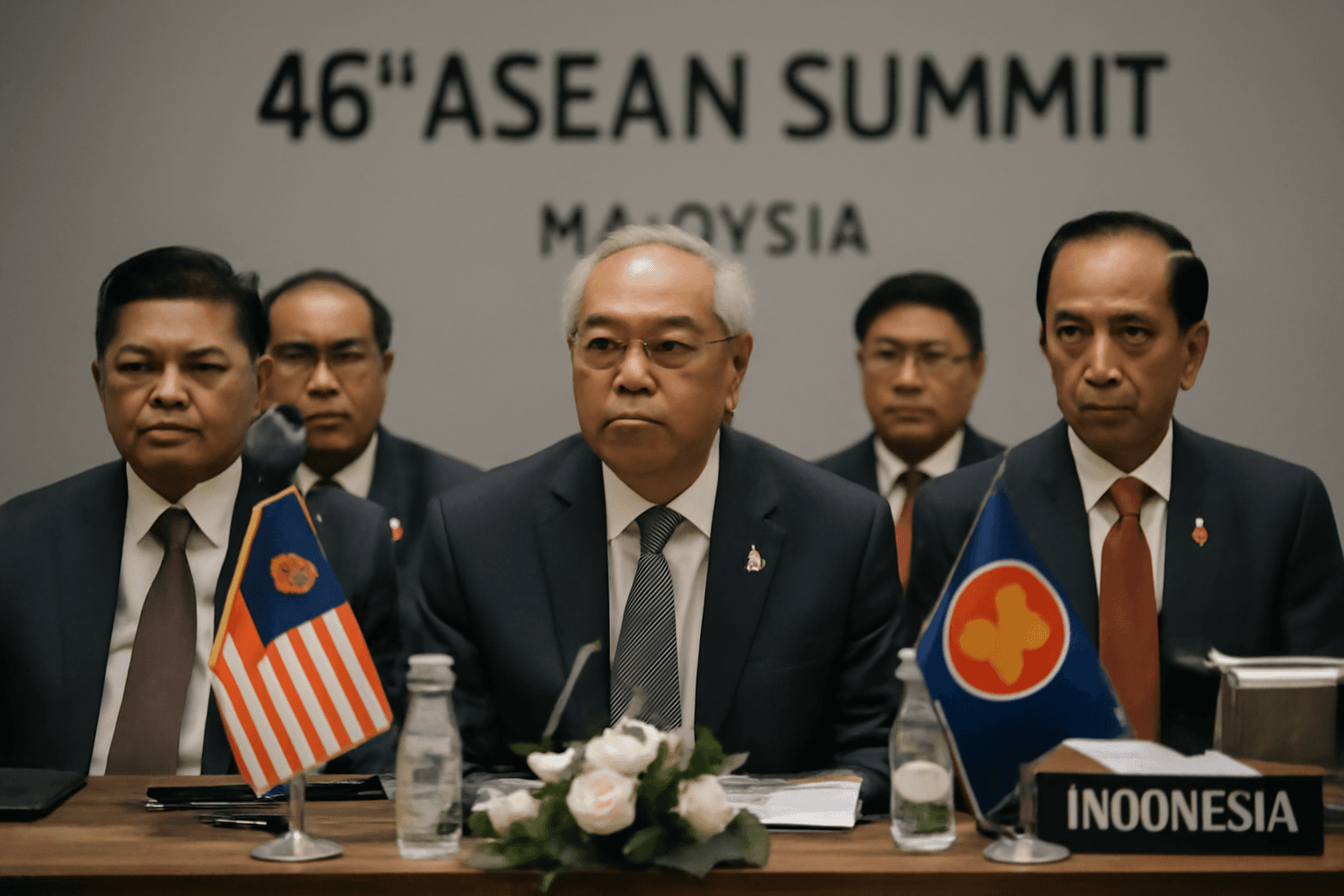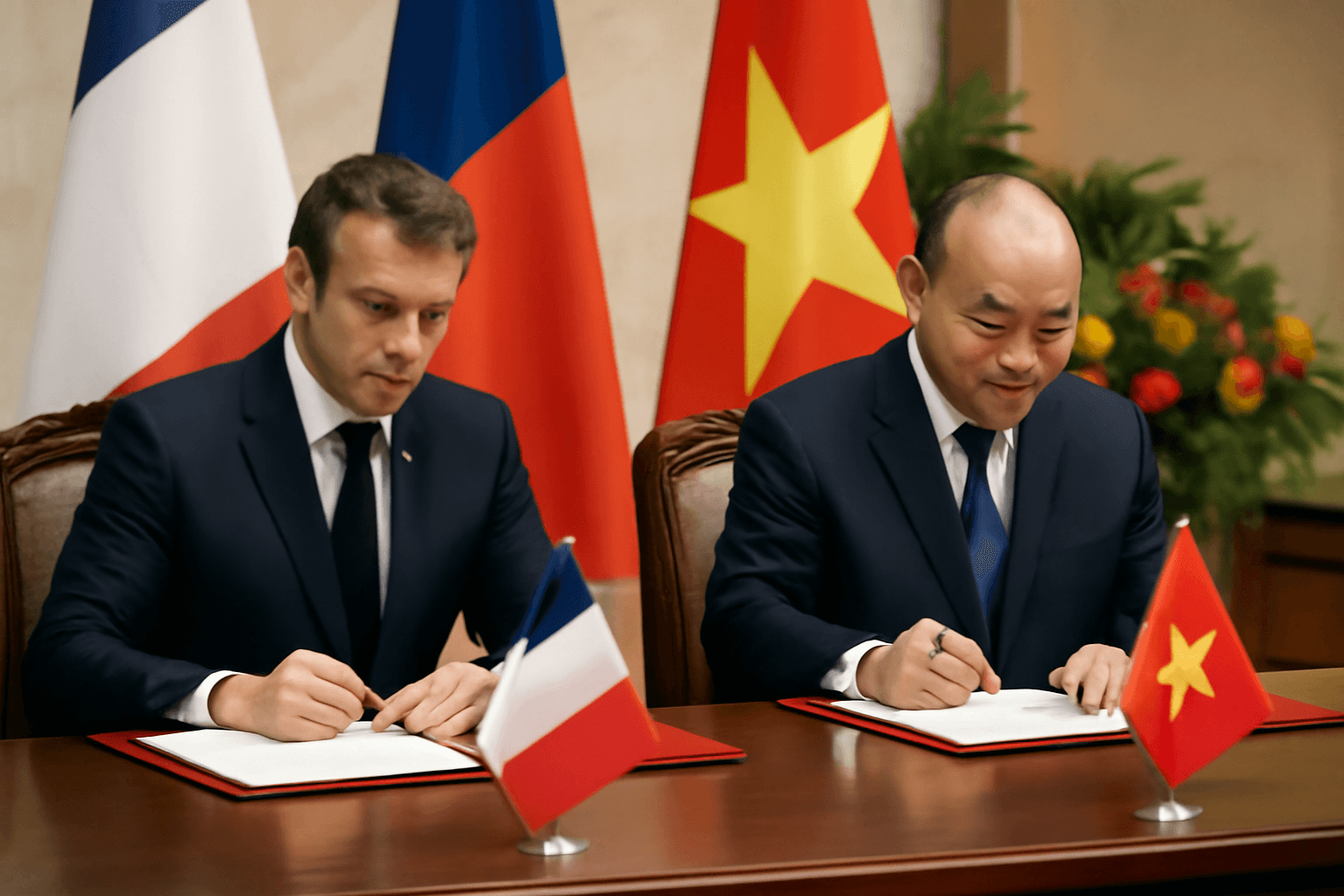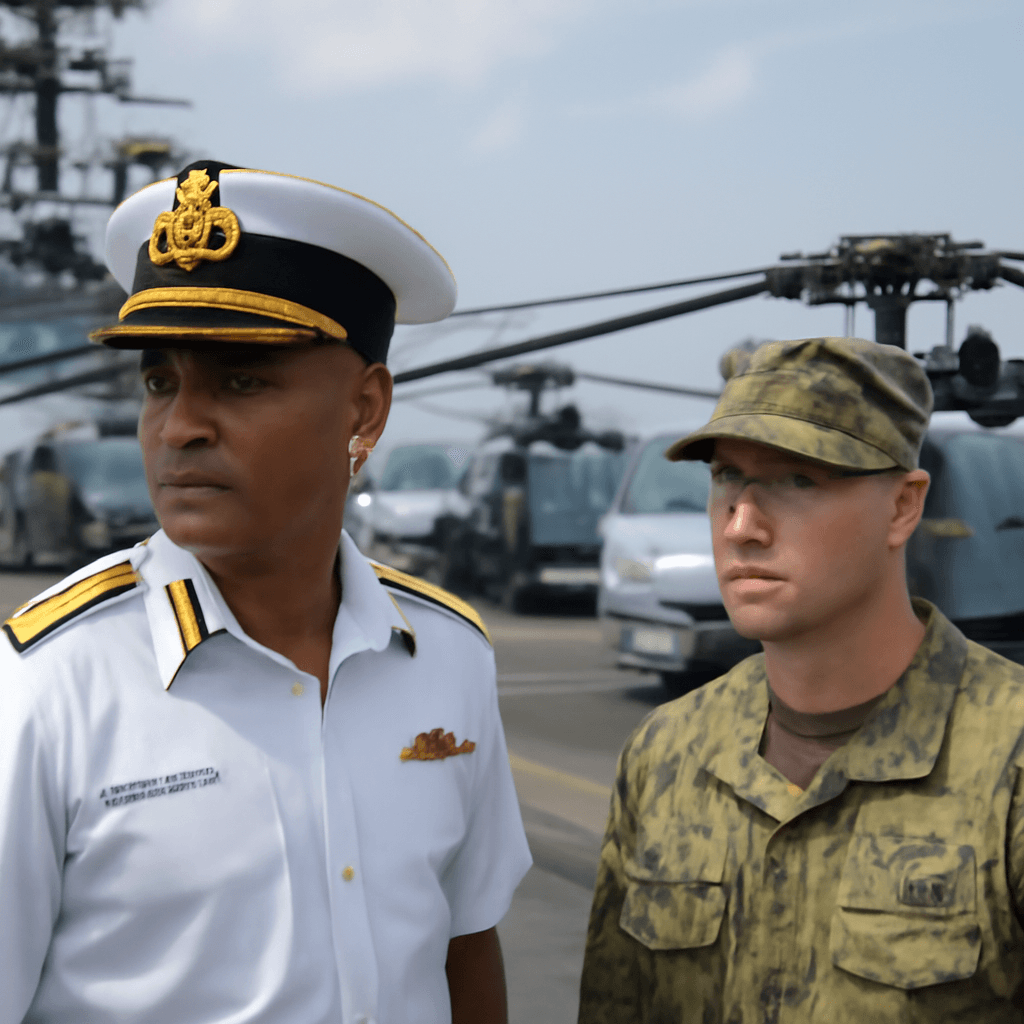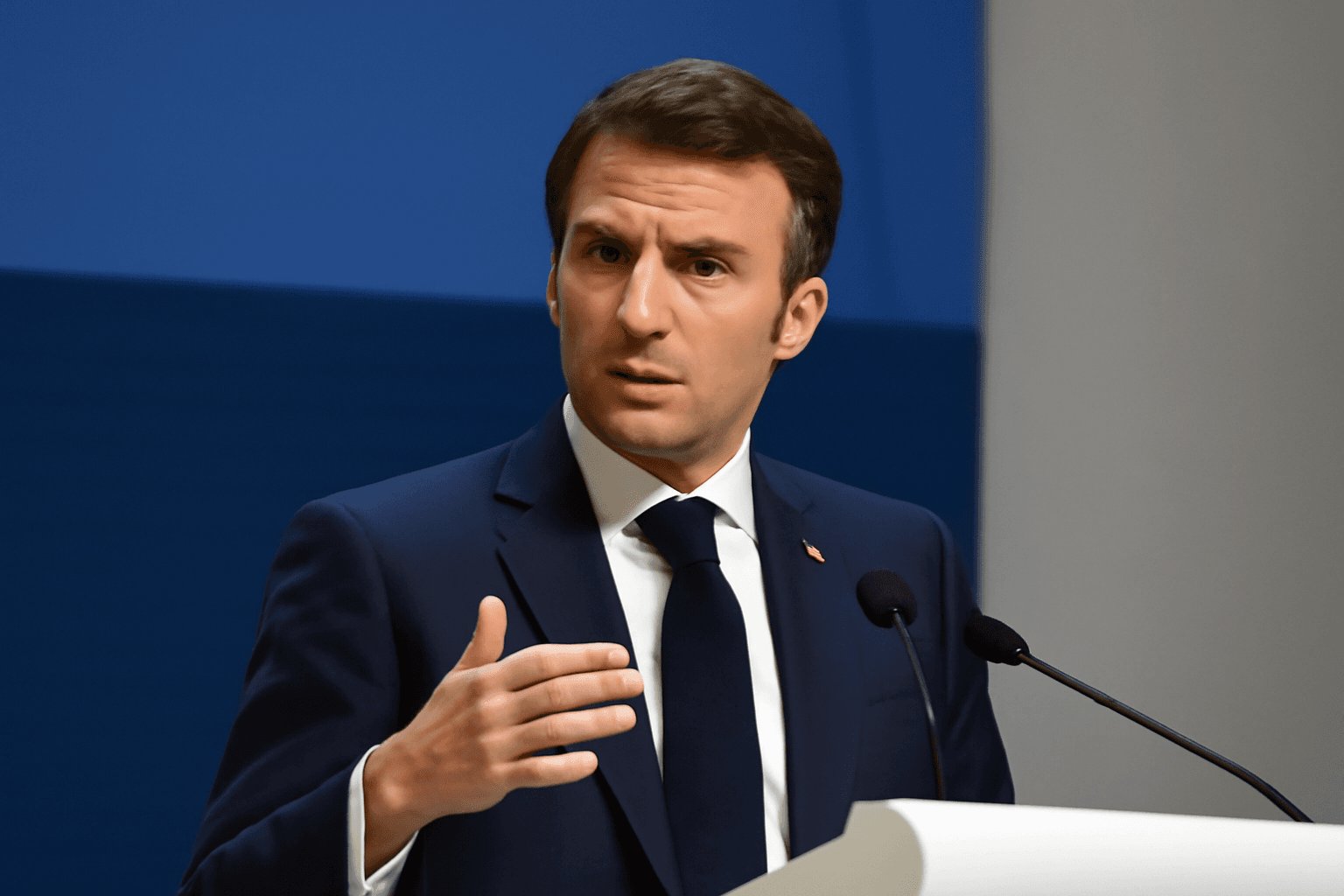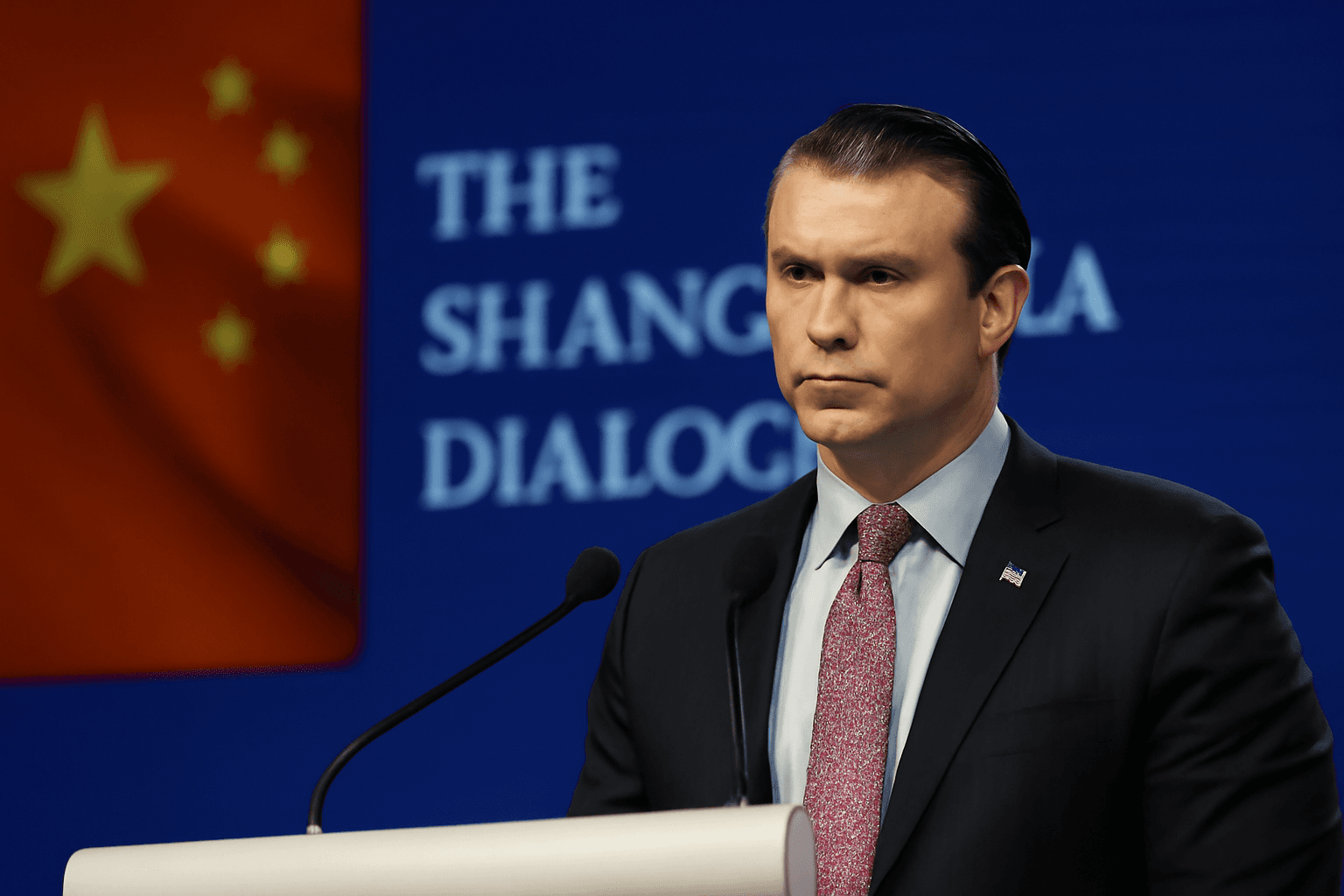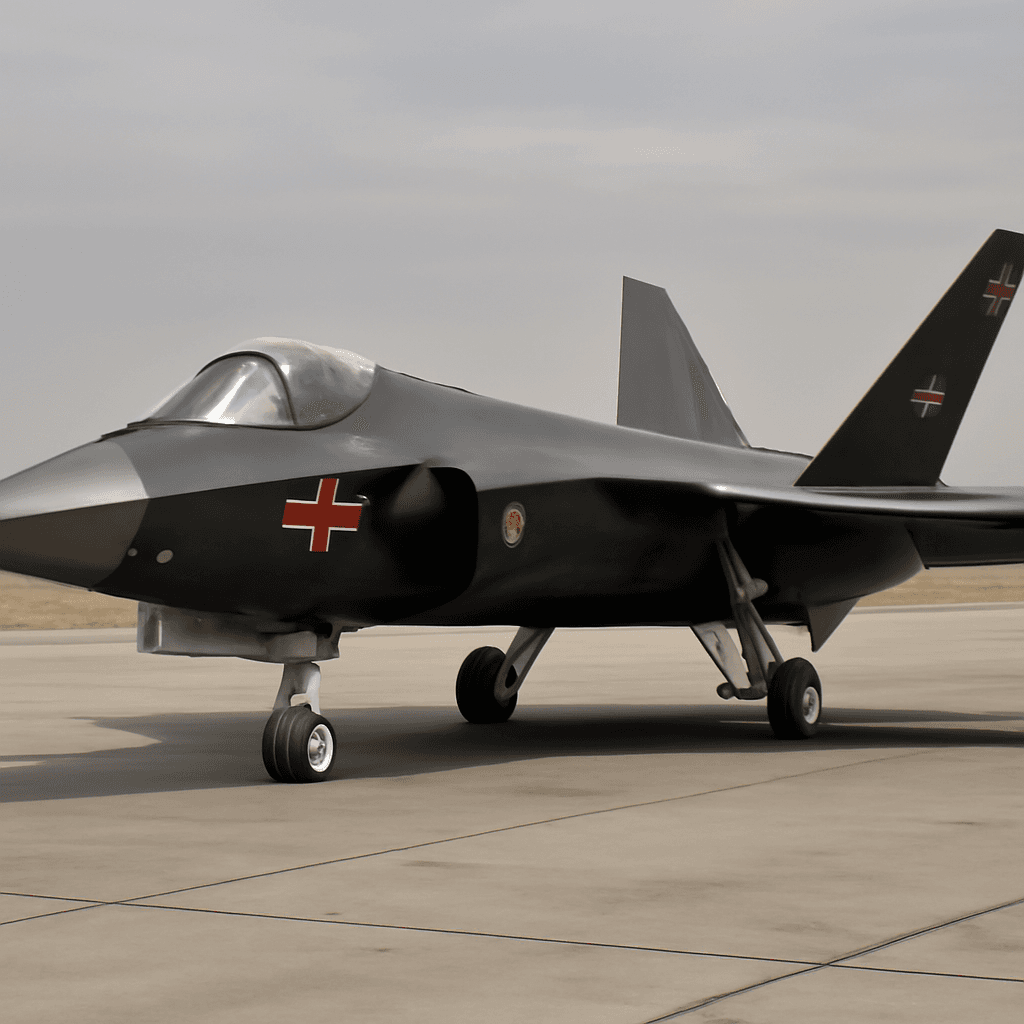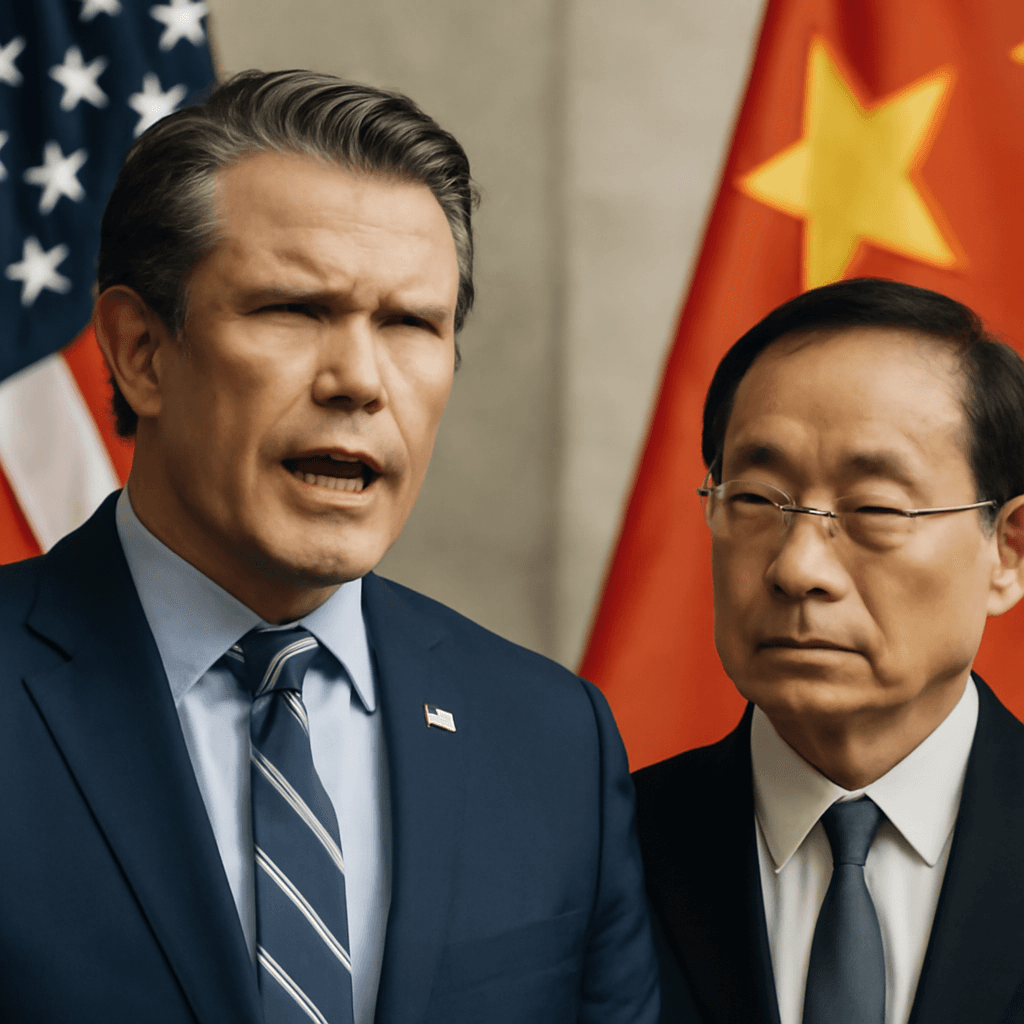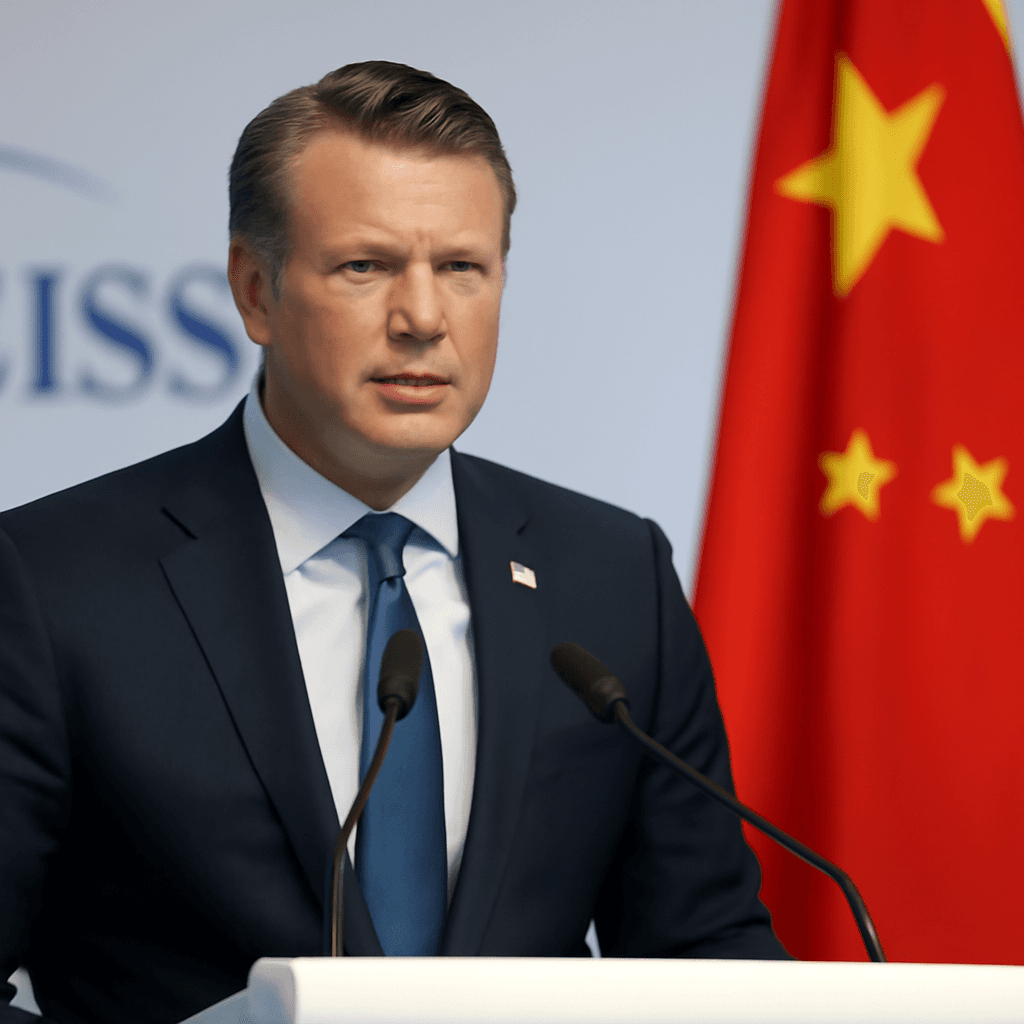Indonesia Considers China's J-10 Fighter Jet Purchase
Indonesia is reportedly evaluating an offer from China to acquire J-10C fighter jets, stirring debate over whether this purchase represents a cost-effective defense upgrade or a strategic misstep entangling Jakarta in Beijing's influence.
While the J-10 is promoted by China as a versatile, affordable multirole fighter, concerns linger over its performance, technological maturity, and possible geopolitical implications associated with integrating Chinese military equipment.
Development and Design Origins of the J-10 Fighter
The J-10's design traces back to the 1990s as China sought to develop a competitor to Western and Russian fourth-generation fighters like the F-16 and MiG-29. However, its design incorporates significant elements influenced by the cancelled Israeli Lavi project, as well as features reminiscent of the F-16 and Mirage 2000.
- The air intake resembles that of the F-16.
- Wing design draws from the Mirage 2000.
The aircraft also depends on Russian AL-31 engines originally developed for the larger Su-27, highlighting its hybrid technological lineage. Despite the modifications, the J-10’s aerodynamic design remains less advanced than Western counterparts.
Technical Limitations and Upgrades of the J-10 Series
The originally deployed J-10A variant in 2003 suffered from outdated radar and avionics systems. Subsequent versions, the J-10B and J-10C, introduced phased array radars, AESA technology, and improved engines. The J-10C now carries PL-15 long-range missiles and represents a nominal 4.5 generation fighter.
However, its combat radius (~1,000 km) and payload capacity (up to 8 tonnes) do not surpass many Western or Russian fighters. Moreover, the Chinese air force itself continues to operate significant numbers of older J-10A models, reflecting ongoing reservations within China about the platform's maturity and reliability.
Indonesia's Motivations and Potential Risks
Indonesia appears primarily attracted by the J-10’s affordability and rapid availability. According to defense officials, the aircraft meets baseline technical requirements at a relatively low cost.
Nevertheless, this decision poses multiple risks:
- Logistical complexity: Integrating Chinese aircraft into an air force that operates US and Russian hardware can challenge maintenance and interoperability.
- Security vulnerabilities: Chinese avionics and software may carry cyber and intelligence risks.
- Geopolitical dependency: Procuring Chinese jets may increase reliance on China for parts, training, and upgrades, potentially limiting Indonesia's strategic autonomy.
Questionable Combat Claims and Propaganda
Comparing the J-10 and the Rafale: Capability and Performance
The Rafale, a twin-engine, 4.5 generation fighter developed by Dassault Aviation, is considered superior in terms of avionics, range, electronic warfare systems, and weapons integration. It supports a wide variety of precision-guided munitions and has proven operational capability.
In contrast, the J-10, though upgraded in its latest iterations, lacks the operational pedigree and advanced systems of the Rafale and remains dependent on foreign engines, which can pose supply risks.
Potential Strategic Consequences for Indonesia
China’s strategy of offering affordable military equipment often involves cultivating deeper military and economic ties that may compromise recipient countries' defense independence.
With the J-10, Indonesia could face:
- Long-term logistical dependence on China for maintenance and upgrades.
- Potential limitations on defense policy and procurement flexibility.
- Exposure to geopolitical pressures amid growing regional power competition.
Conclusion: Balancing Cost with Strategic Autonomy
Indonesia’s potential acquisition of the J-10 fighter jet is not merely a budgetary decision but one with significant strategic implications. While the aircraft offers an affordable augmentation to its air force, uncertainties surrounding its technological maturity and China's geopolitical motivations raise considerable concerns.
Choosing the J-10 may lead Indonesia into a dependency web, potentially restricting its future defense choices and sovereignty. As the Indo-Pacific region sees heightened great power rivalry, ensuring capability without compromising autonomy remains paramount.

